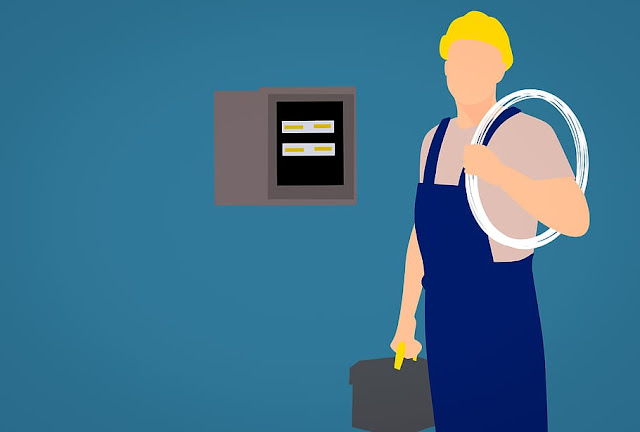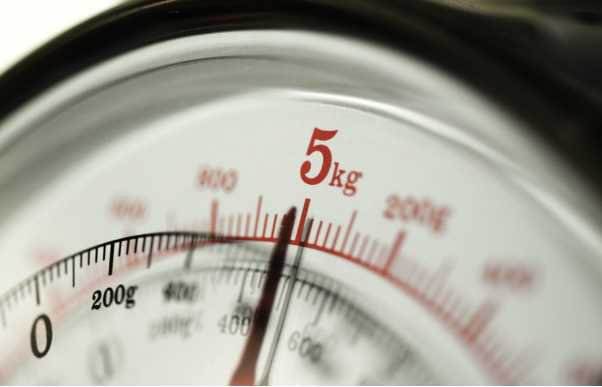All You Need To Know About Fracking
Fracking is a hydraulic oil drilling technique used to extract oil and natural gas from underground reserves.
The proponents of this technique suggest that it’s a clean and economical way to exploit energy resources. It's also much safer than conventional drilling equipment.
Let’s dive into the details of fracking to understand how it works.
How Does Fracking Work
This method requires wells that are dug deep into the earth to reach oil and gas reserves. The primary technology that's used is hydraulic fracturing. This technique was founded in the 1940s and has successfully launched many oil rigs. Another technology used is horizontal drilling that was popularized after the 1990s.
Once a well is dug perpendicularly to the earth's surface, up to 2 miles or 3.2 kilometres, it's covered with a cement or steel structure. This prevents leakage into other areas and contamination of groundwater resources.
As soon as the depth reaches fuel reserves, the well turns on a 90-degree angle and keeps digging horizontally. This makes it easier to access the reserves without having to dig deeper. The horizontal bore can stretch up to 1 mile from the vertical well.
Materials Used In Fracking
Once the perpendicular bore is drilled, engineers pump fracking fluid inside. The fluid is maintained at very high pressure, almost reaching 62,050 kilopascals. This liquid helps fracture the hard rock and create fissures that enable the oil and gas to escape.
The fracking fluid consists of water mixed with chemical additives such as alcohols, acids, salts, disinfectants, etc. This is known as slickwater.
Apart from slickwater, proppants such as ceramic particles and sand are also pumped into the well to increase pressure. This helps fracture the rocks, allowing oil to flow out freely.
How Has Fracking Helped?
It's a fact that fracking has unlocked massive oil and gas reservoirs and blessed us with an economic boom. It has given us large supplies of natural gas as well as dense reserves of shale. This has made the country self-reliant and prepared for the future and powered new development projects.
The areas that have benefited the most from fracking include the Great Plains in Canada to Texas, Marcellus Shale, central New York, Ohio, and southern Virginia.
To invest in environmentally safe oil production methods, you need premium industrial-grade drilling equipment at affordable pricing.
Contact Instruments is a leading manufacturer of OEM instrumentation in Canada and has a production facility in Leduc, Alberta. They're supplying drilling equipment such as mud pressure gauges, custom cables, or clipper weight indicators for Canadian and American oil companies at affordable rates.
Check out their full range or call at 780-955-8998 for more information.





Comments
Post a Comment